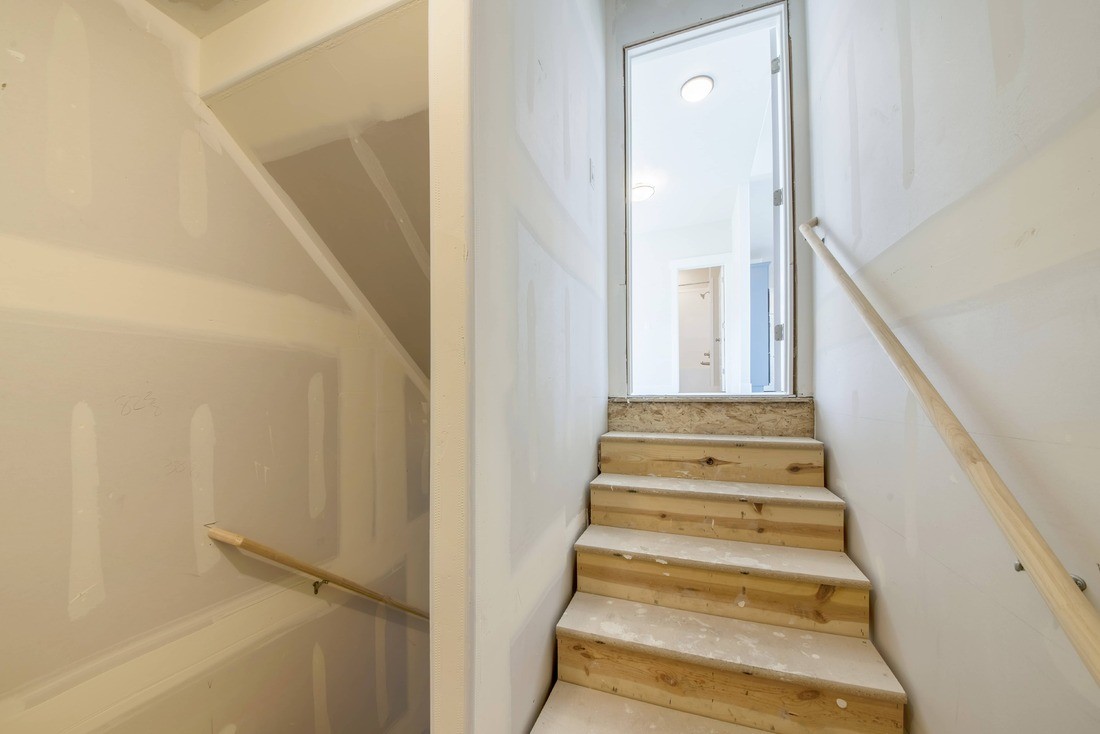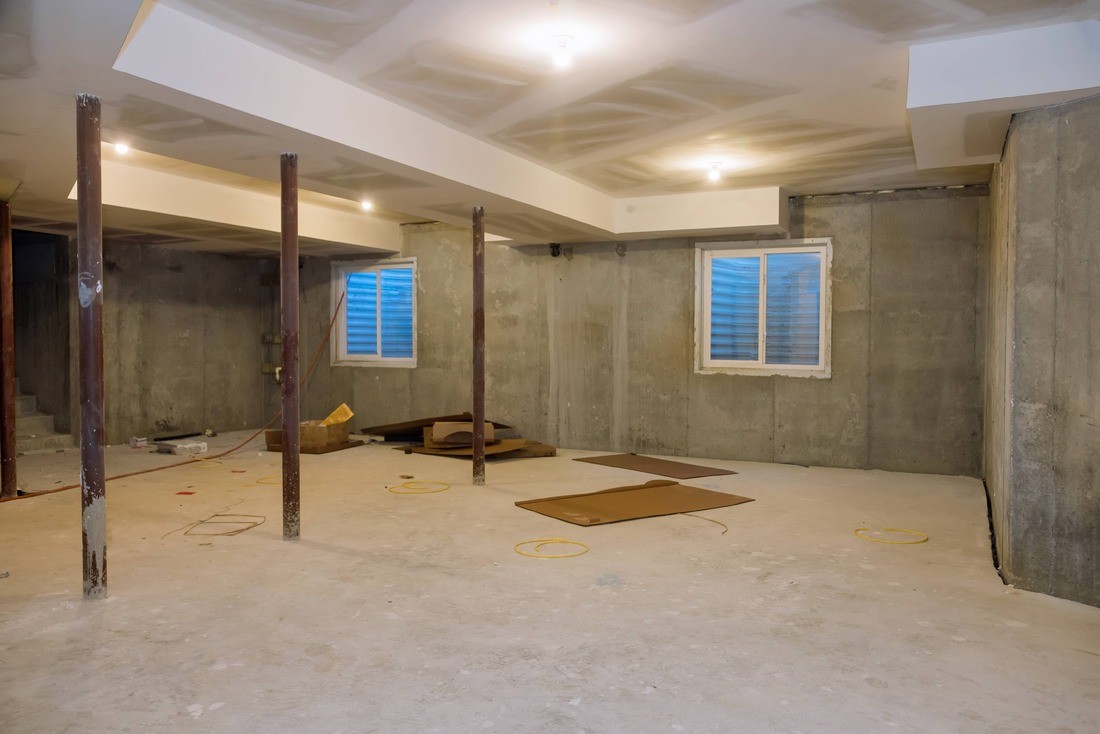
The Impact of Basement Water Damage
Basement flooding can be a nightmare for homeowners. It not only disrupts daily life but can also cause significant damage to the property. From the foundation to the furnishings, the effects of water damage can be far-reaching. In this article, we will explore the various aspects of water damage restoration in a flooded basement.
Common Causes of Basement Flooding
Understanding the causes of basement flooding is essential for preventing future incidents. Inadequate drainage around basement walls, heavy storms, faulty sump pumps, and appliance failures are some of the common reasons behind basement water damage. Additionally, dirt and debris often clog drain systems, preventing water from properly draining out.
Immediate Action Is Key
When a basement floods, immediate action is crucial to mitigate further damage. The first step is to ensure the safety of the basement before entering. This includes checking for any electrical hazards or structural issues. Once the basement is deemed safe, it’s important to remove standing water as quickly as possible. This can be done by using pumps, wet-dry vacuums, or calling for professional emergency water removal services.

The Water Damage Restoration Process
After the standing water has been removed, the water damage restoration process can begin. This involves thoroughly drying out the affected area and removing any damaged materials, such as carpeting, drywall, and furniture. It’s important to address any potential mold growth by thoroughly disinfecting and dehumidifying the space.
Calling in the Professionals
While some minor basement floods can be handled by homeowners, more extensive water damage requires the expertise of professionals. A water damage restoration company specializes in dealing with basement floods and has the necessary equipment and knowledge to effectively restore the affected area. They can also assist with insurance claims and ensure that the restoration process is carried out efficiently.
Preventing Future Basement Flooding
Once the water damage restoration process is complete, it’s important to take steps to prevent future basement floods. Here are some preventative measures:
1. Improve Drainage
Ensure that your basement has proper drainage systems in place to prevent water accumulation. This may involve installing a sump pump, improving the grading around the foundation, or installing French drains.
2. Maintain Gutters and Downspouts
Clogged gutters and downspouts can lead to water overflow, which can seep into the basement. Regularly clean and maintain these systems to prevent basement flooding.

3. Seal Cracks and Leaks
Regularly inspect your basement for any cracks or leaks and seal them promptly. This will prevent water from seeping through and causing further damage.
4. Install a Basement Waterproofing System
A basement waterproofing system can provide an additional layer of protection against flooding. This may include interior or exterior waterproofing measures, such as sealants, membranes, or French drain systems.
5. Properly Maintain Appliances
Regularly inspect and maintain appliances that are located in or near the basement, such as washing machines, water heaters, and HVAC units. Proper maintenance can help prevent appliance failures that can lead to basement floods.
Basement Flooded Water Damage Restoration: FAQ
What should I do if my basement floods?
Can I handle basement water damage restoration on my own?
When dealing with basement water damage, it’s important to act quickly and seek professional assistance when needed. By taking preventative measures and addressing issues promptly, you can minimize the risk of future basement floods and protect your property.



